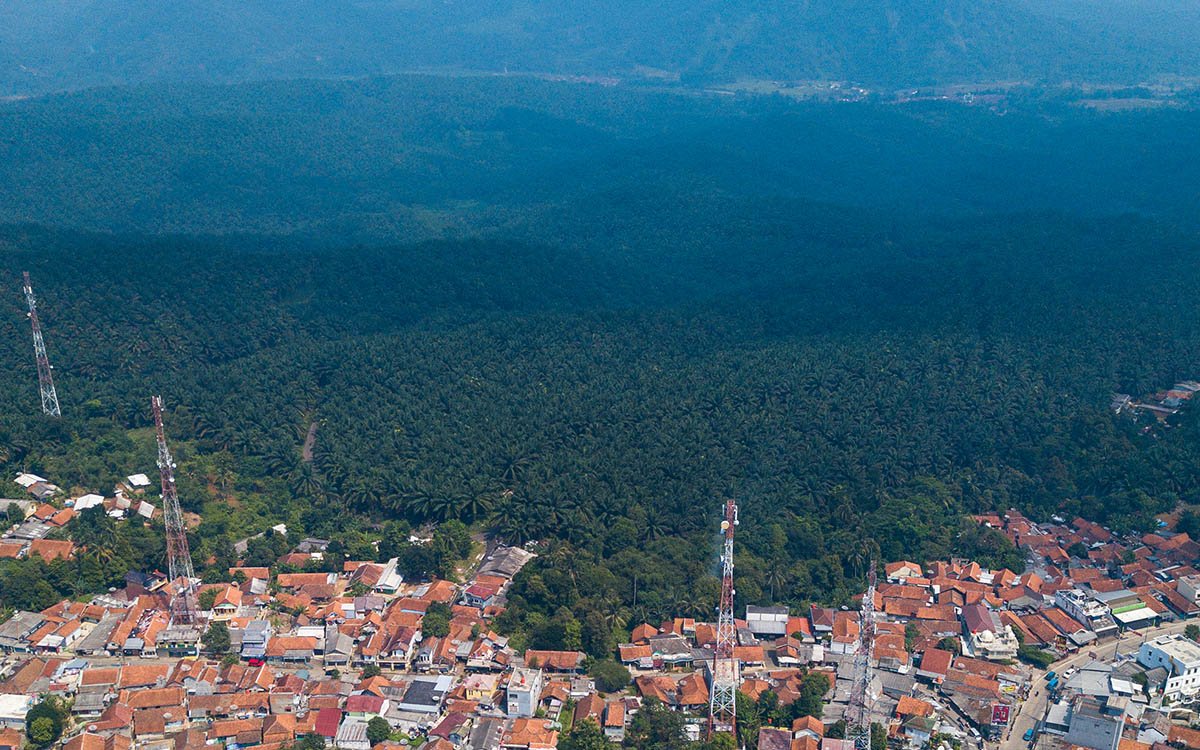PALMOILMAGAZINE, JAKARTA – With half a million hectares of palm oil plantations under management, Sinar Mas Agribusiness & Food recognizes the immense responsibility it bears in reducing carbon emissions.
In the midst of an escalating climate crisis, agriculture and food systems are often labeled both as major contributors to greenhouse gas emissions and as victims of its impacts. Anita Neville, Chief Sustainability and Communications Officer at Sinar Mas Agribusiness & Food, stressed that while agriculture is a significant source of global emissions, it is also among the most vulnerable sectors to climate change and biodiversity loss.
“We have a large carbon footprint on this planet, but we are also highly exposed to its impacts,” Anita said during the International Conference on Oil Palm and the Environment in Bali, attended by Palmoilmagazine.com in mid-February 2025.
Also Read:
She pointed out that many countries in the Asia-Pacific region, including Indonesia, rank among the 40 most climate-vulnerable nations. “Rural communities and smallholder farmers are the hardest hit. In Indonesia, for example, increasingly frequent floods have disrupted logistics and agricultural productivity,” she explained.
Rising temperatures, Anita noted, are already affecting pollination and cultivation patterns in palm plantations, while the broader impact on human labor productivity remains under-researched. “This pushes us to think further about automation and mechanization in the industry,” she added.
As a sustainability leader, Anita is often asked how the company aligns its sustainability agenda with business strategy. Her response is unequivocal: “This is our business strategy. Climate change and biodiversity loss are existential threats to every business in the world, including ours here in Indonesia.”
To address these challenges, Sinar Mas Agribusiness & Food has taken concrete measures. Over the past two years, the company has intensified its emissions tracking, improved the accuracy and granularity of its data, and aligned its framework with internationally recognized best practices.
“In 2022, we set our baseline year for emissions measurement. Today, we have mapped our emissions across Scope 1, 2, and 3, and established targets aligned with the Science Based Targets initiative,” Anita explained.
Approximately 77% of the company’s carbon footprint comes from Scope 3 emissions—its supply chain. While this highlights the complexity of the task, Anita sees it as an opportunity. “If 77% of our carbon footprint comes from the supply chain, then the solutions we build can also be solutions for our customers,” she concluded. (P2)
